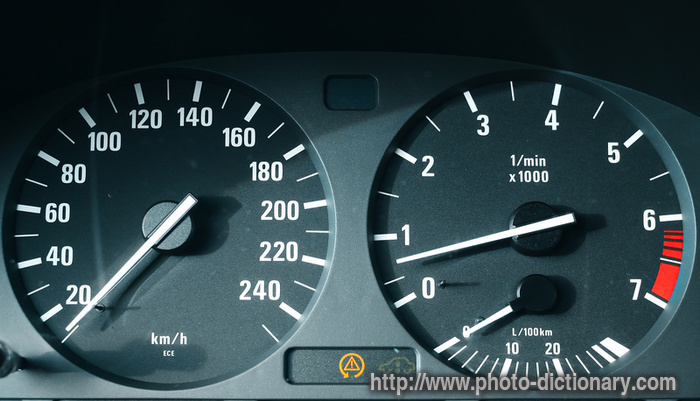Hero in a half shell said:
Anyway... What is the point of having a rev meter on the dashboard in the most prime position. It only moves when you change gear, and I never needed to use it, nor have I ever seen anyone else need to use it.
My first comment if this is true is I would not like to be buying a car off you or the people you know lol, be very surprised if those vehicles make it to very high mileage lives without the need for a new gear box or re-build.
Depends how much you know about your vehicle, bit worrying people don't use it for any kind of reference, doesn't bode well that people are driving with much mechanical sympathy lol.
- Driving in cold weather, can be used as a good indicator for when the engine is up to temperature having reached the normal idle engine speed.
- Optimizing your fuel consumption ie I know my motorcycle is most efficient on the fuel at 8000revs @ around 65mph
- If you have a manual you should be attempting to change gear within a certain rev range (if you want your gear box and engine to last).
- In depth knowledge of your car, either by sticking it on a rolling road, or just extensive driving of it should allow you to in general optimize your driving.
- Knowing whether your vehicle is in the correct gear for a specific task ie over/under revving while going up a hill
- Most importantly you should never be hitting the rev limiter or going in the red for any real amount of time.
In general it's allot more important on high performance machines such as sport's cars & motorcycles. The reason why you don't just have a "every thing is ok" rev indicator is because a rev meter is a fairly simple piece of kit that utilizes equipment that has to been in the car for the engine to operate and allows the user to make their own decision about how the car is operating, taking any liability out of the manufacturers hands, if you drive every where in 1st an blow up your engine.
A "every thing is okay" indicator would actually be a very complicated piece of kit requiring extensive load and rev mapping of the engine, in any number of viable environments. In essence it would cost allot of money to implement to garuntee it would work all the time. Plus it only takes one person to have had all their services done correctly, the indicator to be faulty, the engine fails and they have an accident to cause a whole host of call backs, returns and a court case. A rev meter puts the duty of care in the driver's hands, your notice in any vehicle hand book it will say some disclaimer that you should read the hand book and understand all aspects of caring for the vehicle before commencing operation.
On the topic of manuals/automatics, unless you live in america and are driving in strait lines all the time on those massive highways anyone with an automatic should be ashamed of themselves, that's not driving it's pushing buttons!
fix-the-spade said:
Zantos said:
Presumably it's because you needed a visual indicator in the olden days when cars were a lot less easy to feel, and they never found something more useful to put there. Presumably it'll be replaced with elevation when we get hovercars.
Or your car is like a Porsche 917, 500rpm too low and it stalls, 500rpm too high and the pistons hit the valves.
In fact why wouldn't you have the dial that says where your car's engine is within it's safe operating parameters front and centre?
I think the bigger issue if the piston hit's the valve's is the crank has been torn apart lol
EDIT:
Frungy said:
Simply put? The lower your revs in most cars the lower your fuel consumption.
Sorry thought I would chime in quickly, not 100% true. The best fuel consumption is found at the peak torque point while travelling at a constant speed in an appropriate gear. Which is not at the Max rev's, it's normally 1/3 to 1/5 before max revs so you actually run your engine with more revs than less. It's also before peak power.
Unless the engine is tuned very oddly, but for the vast majority of correctly operating road cars what I have said is true.


